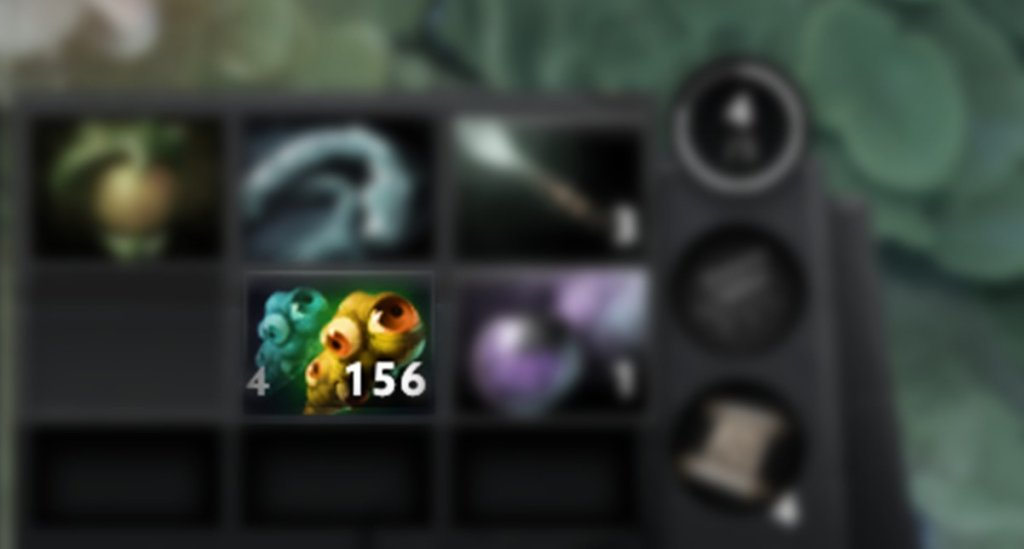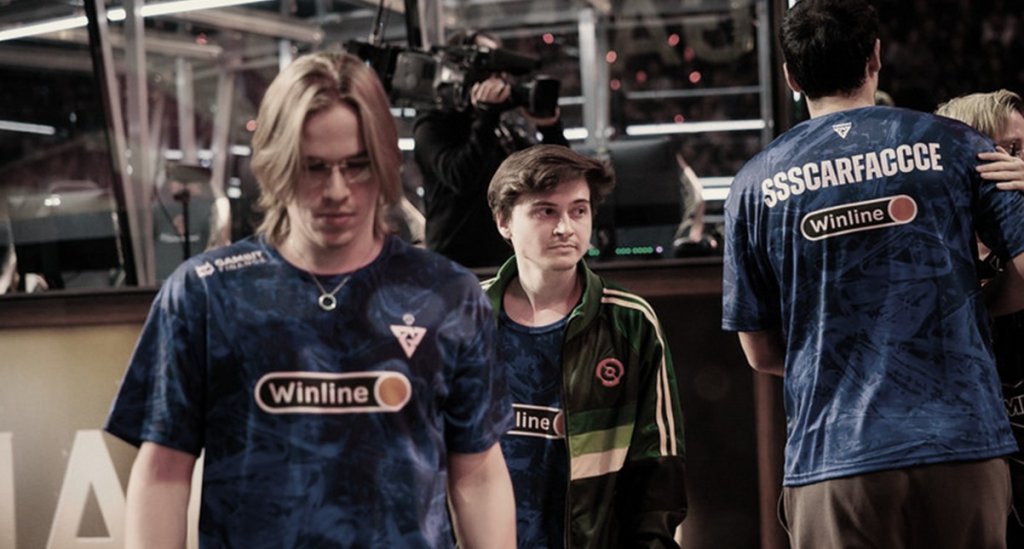
Dota 2’s New Ranking System – a Divine 5’s Perspective
Last week, on November 22, the very first Dota 2 ranked season began and most of the community was hyped for the changes that came along with it. This was the first time ever when Valve replaced the good old match-making rating (MMR) system with a more flashy one based on tiers and medals.
The old way versus the new way

The old ranking system consisted of two raw numbers that were being tracked for each player: one for solo matches and one for party matches. Based on a player’s performance, their solo or party MMR would either increase or decrease after each ranked game.
Within the new system, players are assigned a division and a subdivision after calibration. There are 7 divisions in total: Herald, Guardian, Crusader, Archon, Legend, Ancient and Divine. Each of these divisions has 6 subdivisions, marked with 0 to 5 stars. The lowest possible rank is Herald, while the highest possible rank is Divine 5.
For reaching the first 5 divisions, both solo and party performances count towards climbing up the ranks (although solo results have a bigger impact). For the final 2 (Ancient and Divine), only solo performances matter.
Solo and party MMR numbers are still being tracked within this system, but they cannot be displayed in any way on a player’s profile.
Every 6 months, a new season begins and players have to recalibrate their MMR. Their new MMR after calibration is based on their previous one, so the calibration matches themselves won’t make that much of a difference.
At the end of each season, every player receives a medal based on his peak performance during that season. So once a division/subdivision is reached, the only place you can go is up, even though your actual MMR can still decrease based on your results. This however will only become visible at the start of the next season, after recalibration.
Not an innovation, but is it any good?
Dota 2’s new ranking system is not exactly new. Many games and esports (including Valve’s Counter-Strike: Global Offensive) have been using ranked seasons or at least a division based way of tracking players’ performance for years.
So, since it’s not some innovative way of doing things, a few questions arise: why did Valve do this? Why this change now, when nobody really asked for it? And is this adaptation of the Elo rating system any good?

To answer these questions, let’s go back in time one year and take a look at what has happened to Dota 2’s community since then. Can you guess?…
If you though “it has decreased by more than one million”, you are right. And what does Valve have to do to stem the bleeding? It has to take a lesson or two from other companies who use a similar system and are quite successful with it. Now I don’t want to mention Riot Games and League of Legends’ 100+ million players, but then I have to.
This new ranking system has everything to do with attracting new players and making it easier for kids to brag about their Dota 2 accounts, and almost nothing to do with actually improving the game itself.
Just imagine this scenario: you’re a 1.5K MMR player and somebody asks you: “so… what’s your MMR?”. If you have to say “I’m 1.5K” you may be embarrassed. But if you can say “I’m a Guardian 5”, that sounds pretty cool, doesn’t it? And Valve’s brilliant idea of naming almost all of these divisions something awesome, may actually give every Dota 2 player a sense of pride, no matter how low their MMR may be. Crusader, Archon, Legend, don’t they all sound great?
In terms of how practical it is and how much it has improved the game, the new ranking system is quite flawed. Many professional players have already complained about it.
Apart from some pretty bad bugs (for instance, previously 10K MMR players initially being placed in the second highest division (Ancient) instead of getting a Divine 5 rank), the new ranking system has brought players at the very top too close to each other, by removing thousands of MMR points from the highest MMR competitors. The previously 9K MMR and 5.8K MMR players now belong to the same division: Divine 5. And the difference of skill is astronomical in most cases.
This is bad for professional players, because they’re used to a very high level of Dota and not that many people can perform at their expected level. And now that they’re randoming teammates from previously much lower divisions, they don’t seem to understand what’s going on: “why is everyone so bad all of a sudden?”
Another problem with the new ranking system is the fact that it does the exact opposite of what its stated goal is:
“These regular seasons will ensure that MMR is both recent and accurate for all players, which will lead to better quality games for everyone.”– Valve Corporation
Huh? So you only allow people to go up in rank during a season, regardless of how much MMR they actually lose, and this is supposed to keep players’ level of skill accurate and recent? That’s the same as saying “look, we have Divine 5 chocolate on this shelf. It may actually go bad within a week, but we’ll only take it off this shelf in 6 months. But don’t you worry, it’s going to be fresh throughout this entire time!”.

What could be more accurate than a raw number which increases or decreases after every single game, reflecting in real time your current level of skill? If you think that a flashy ranking system designed for purely marketing reasons can be more accurate than a Mathematical thing like that, you are terribly wrong.
So to summarize my opinion about this new ranking system, I’ll have to quote the famous Dota 2 commentator Toby “TobyWan” Dawson and say that “it’s a disastah!”.












